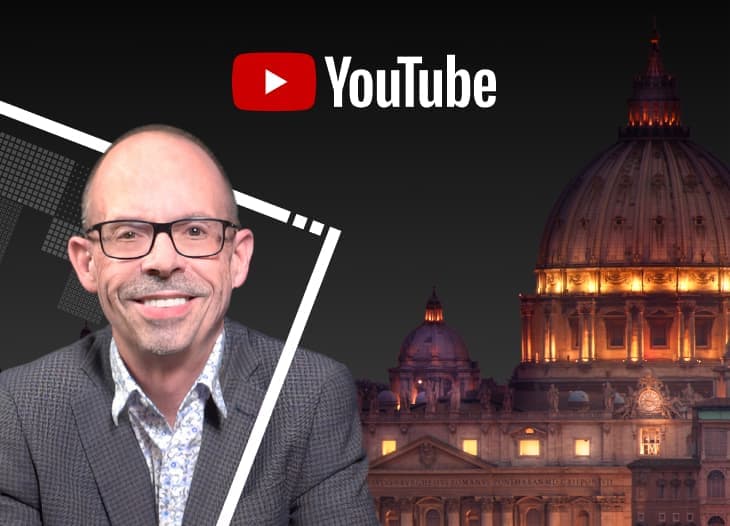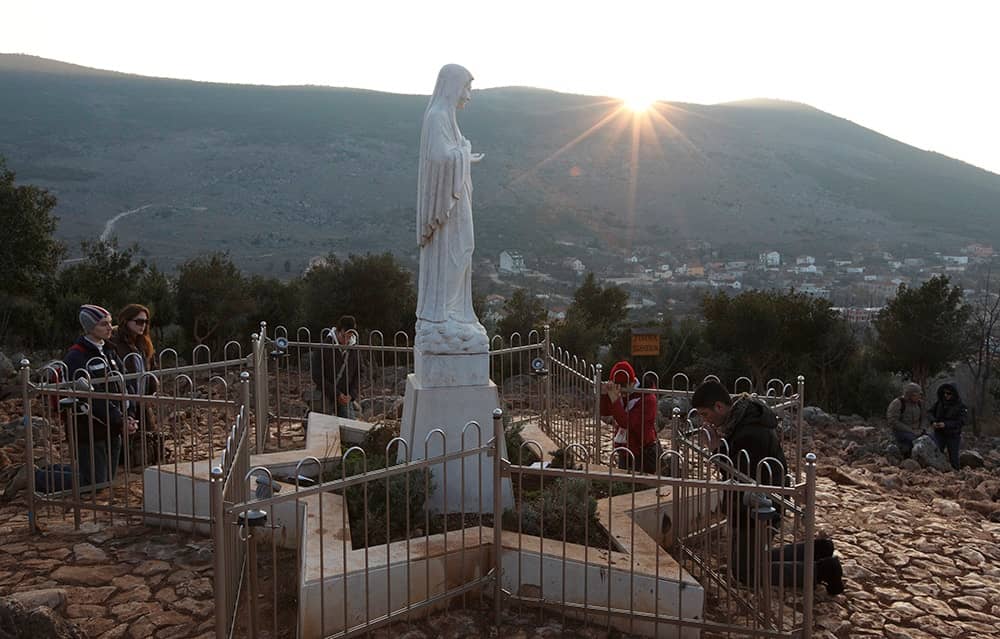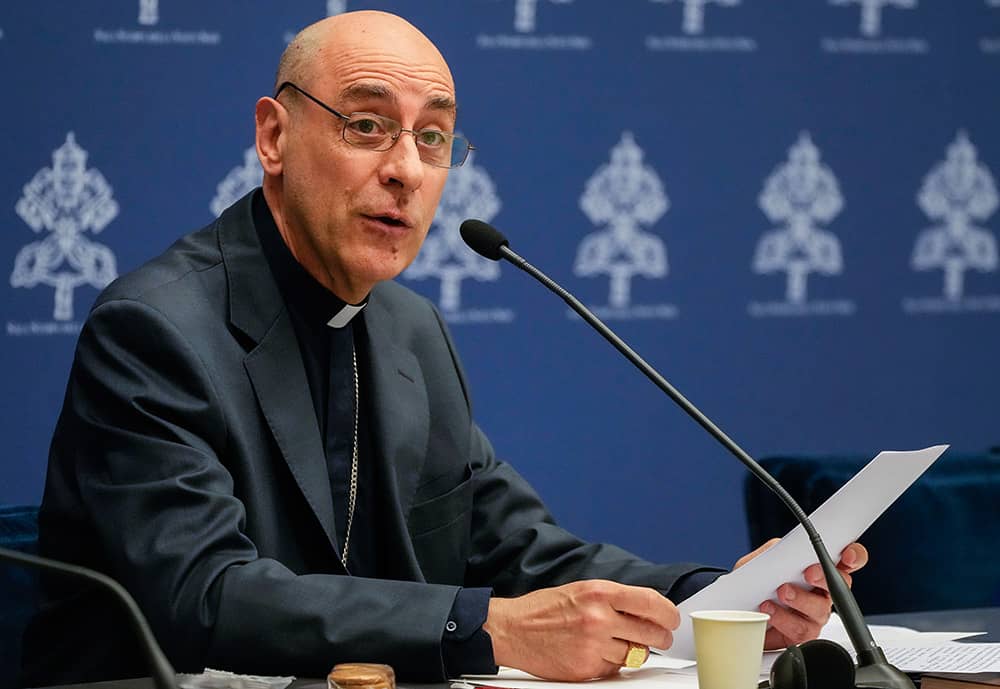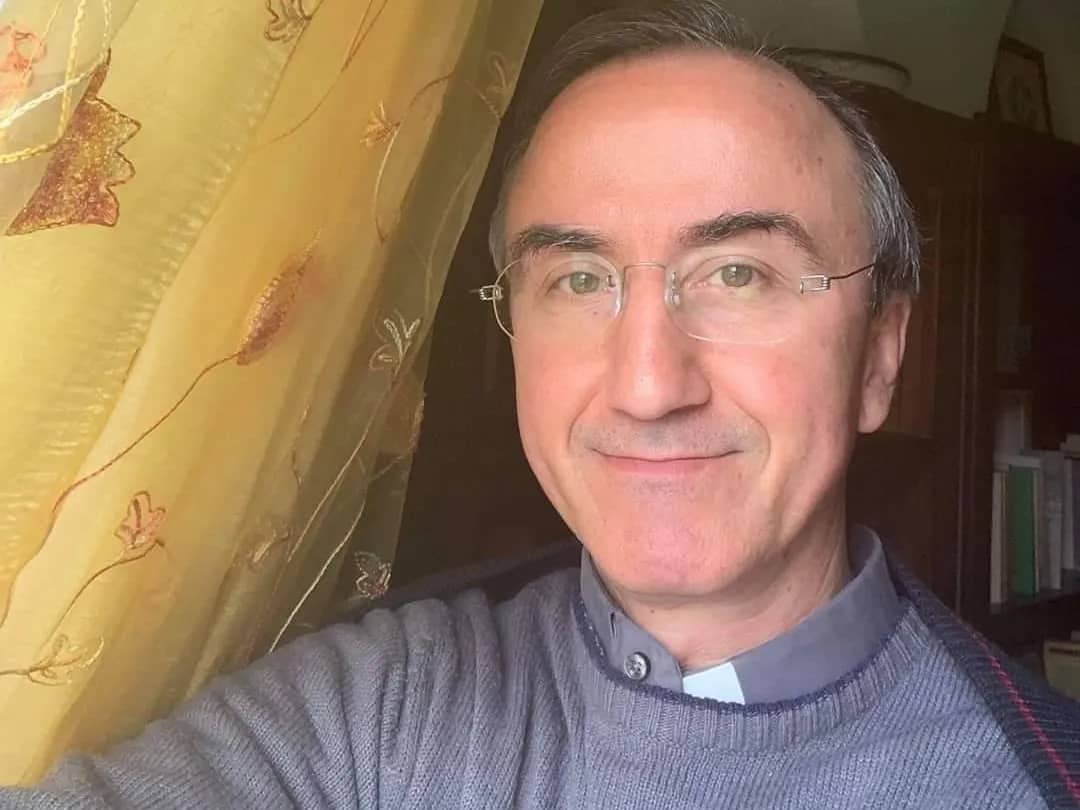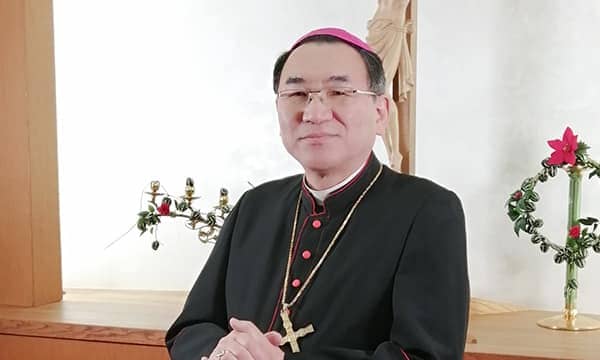ROME — Pope Francis this week addressed thousands of men and women who have dedicated their lives to God by becoming priests, nuns, monks, or any of the other forms of consecrated life. However, a not-so-small group felt ignored: the laity.
No, there’s no mistake there.
Until the 1940s it was commonly believed that a “perfect Christian life” could only be achieved by consecrated members of religious orders. Yet in 1947, that all changed with a document called Provida Mater Eclessia, penned by Pope Pius XII.
In a nutshell, the document stated that every lay Catholic could reach such perfection. It approved a new way for lay men and women to live the traditional vows of chastity, poverty, and obedience, which is known today as “consecrated laity.”
A year later, with a document called Primo Feliciter, Pius XII constituted a new form of life in the Church to express that conviction, called “secular institutes.”
According to the World Conference of Secular Institutes, these groups combine a lay identity and religious consecration. Members of a secular institute are both fully lay and also fully consecrated, joining two ways of life previously seen as incompatible.
Secular institutes, which require approval from the Vatican like religious orders, have flourished in the past 70 years. In the United States alone, there are 30 such institutes and more than 200 worldwide, with some 60,000 members, 80 percent of whom are women.
Consecrated lay men and women belong to an institute, but they don’t live in community nor do they have a dress code. In Rome, one of the best-known examples is the Missionary Family Donum Dei, a French secular institute that runs the famed L’eau Vive restaurant favored by Vatican officials and ecclesiastical dignitaries.
Despite their growth, these institutes sometimes struggle when it comes to official recognition. Although it’s not mandatory for a consecrated lay person to reveal his or her status to society, local bishops and ecclesial authorities are supposed to know of their existence within their diocese.
Yet not every bishop is welcoming, with many questioning the need to have them.
This is why some of the hundreds of consecrated laity that gathered in Rome this past weekend to participate in the closure of the Year of Consecrated Life called by Pope Francis are leaving with a bitter aftertaste: not once did the pontiff refer to them during the private audience he had with consecrated women and men on Monday.
Maria Victoria Falistoco of the Instituto Cristifero (Christopher Institute), is one of those going away disappointed. She came to Rome with two other members of the institute, the first of its kind in Argentina.
She told Crux that although she’s thankful for the pontiff’s words overall, she and other consecrated laity she met feel let down because in all the examples the pope gave, there was no reference to their vocation.
“He spoke of ‘consecrated life,’ but always about living in community, the abbess, the novitiate, the chapter … none of those apply to us,” Falistoco said.
That doesn’t mean the content wasn’t pertinent to them, she said, since no one is immune to, say, the temptation of gossip, mentioned by the pope.
She also pointed out that Francis has spoken about secular institutes on other occasions. In 2014, he called them “revolutionary” and described the call of laypeople to live their vocation amidst the everyday world as “fascinating.”
Yet on Monday, “we were waiting for him to make one reference to us,” Falistoco said.
Traveling to Rome, she said, helped her see that within the universal Church “many don’t understand the need for consecrated laity, and many bishops don’t accept our reason of being.”
“For those of us who struggle with explaining to others our existence, the pope mentioning us would have been helpful,” she said.
Finding a way to talk about this new form of life has been a struggle for several popes in recent decades.
In May 1978, Pope Paul VI told an Argentine bishop, Miguel Esteban Hesayne, that “secular institutes are an original and new charisma in the Church, in favor of ecclesial laity, unknown to priests and few bishops.”
“I ask that you dedicate all the time possible to the attention of the Instituto Cristífero,” Paul VI told Hesayne during his first visit to Rome after being appointed bishop of Viedma.
The Argentine prelate, now 93, was the co-founder of the institute, together with Betty Abadía. Two decades after his episcopal appointment, he retired from his post in 1995 to dedicate his full attention to the institute, which got the pontifical approval in 2012.
Hesayne told Crux that it was then-Cardinal Jorge Mario Bergoglio, today Pope Francis, who asked the bishop of Azul, where the Cristifero Institute was born, to present that approval in a special Mass.



